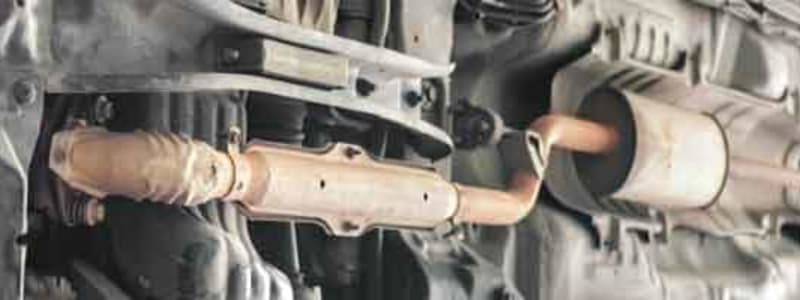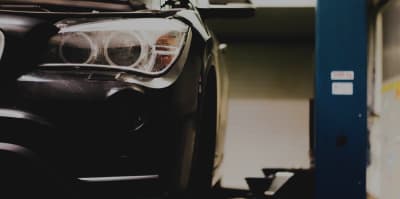
Every filter, regardless of what it is designed to trap, will have to be cleaned and emptied on a regular basis so that there is space to continue trapping more things. This process of cleaning and emptying a Diesel Particulate Filter is called DPF regeneration.
The soot created by the process of combustion which is collected in the filter is burnt off to make sure that the filter does not become blocked and that it can carry on trapping more soot. The Diesel Particulate Filter needs to be heated to a very high temperature in order to burn off the particles of soot. This can be achieved in one of two ways: active regeneration or passive regeneration.
Passive Regeneration
When you drive for a long time at high speeds, the exhaust reaches very high temperatures. Driving at 70mph or above for a while will heat the exhaust enough to burn off the soot particles which have been trapped by the DPF. But most drivers to not drive at high speeds often enough or for enough time to rely on this passive regeneration to clear the DPF of soot particles.
Active Regeneration
Since many drivers do not use their cars to drive long distances on the motorway on a regular basis, manufacturers had to come up with a different way to clear the DPF of particles. They came up with a system in which active regeneration is activated when the amount of soot gathered in the DPF reaches a certain level. In most cars, this level is set at 45% of the DPF’s total capacity. When the soot gathered reaches this amount, it triggers the process of post combustion fuel injection which increases the temperature of the exhaust. This way, even if the car is not travelling at high speed, the exhaust becomes hot enough to burn off all of the soot which has collected in the DPF.
If the active regeneration process is initiated, but you reach your destination before it has had time to burn off all of the soot, there is a possibility that the DPF warning light will appear on your dashboard. You should be able to clear this partial blockage simply by driving your car faster than 40 mph for roughly a quarter of an hour or so.
All about Exhaust
- How to Diagnose Problems with Your Exhaust
- How to Repair a Split Exhaust
- How to Protect Your Exhaust from Rust
- How to Remove the Rust from Your Exhaust Pipe
- What is the Catalytic Converter?
- How to Replace the Catalytic Converter
- What is a Diesel Particulate Filter?
- How to Replace the Diesel Particulate Filter (DPF Replacement)
- What is a Diesel Particulate Filter Cleaner? How To Use It.
- Why is the Particulate Filter Required by Law?
- What is DPF Regeneration?






